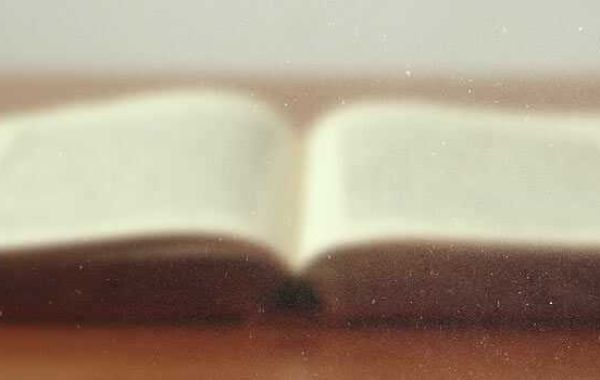The world of emergency training manikins offers a variety of options to suit different training needs. Here's a breakdown of some common types:
- Basic CPR Manikins:These are the workhorses of emergency skills training. They are designed for practicing adult CPR and typically allow for chest compressions and practice of proper hand placement. They may have features like a clicker mechanism to indicate proper compression depth.
- Advanced CPR Manikins:These manikins offer more features than basic models. They may have the ability to simulate breathing sounds, palpable pulses, and pupil reactions. This allows trainees to practice a wider range of procedures, such as administering rescue breaths and checking for signs of circulation.
- Choking Manikins:These manikins are specifically designed to practice choking interventions like the Heimlich maneuver. They may have a special feature that simulates an obstructed airway, allowing trainees to practice dislodgement techniques.
- Anatomic Manikins: These manikins are more complex and often represent a full human body. They are used for advanced medical training and may allow for practicing procedures like inserting catheters or administering injections.
- Infant and Child CPR Manikins: These manikins are smaller and lighter than adult manikins and are designed for practicing CPR on children and infants. They have features appropriate for the smaller size and delicate nature of a child's body.
- Evacuation Manikins:These manikins are lightweight and easy to carry, designed specifically for practicing patient evacuation procedures during emergencies. They may be made of softer materials to prevent injury during drills.







